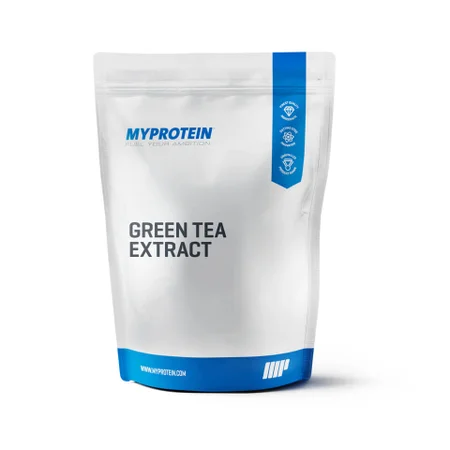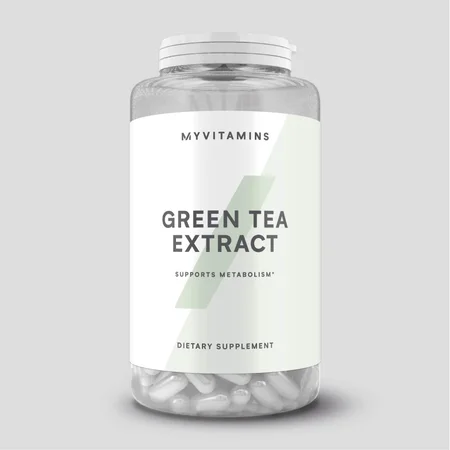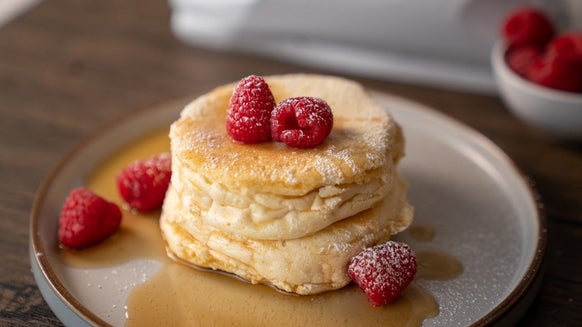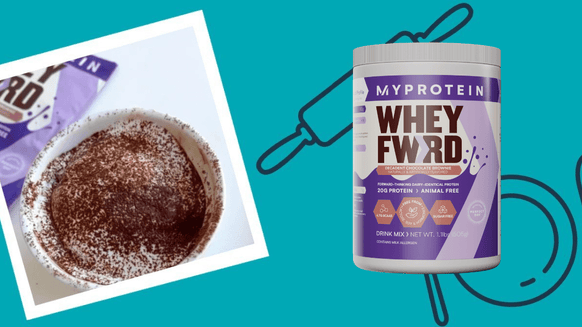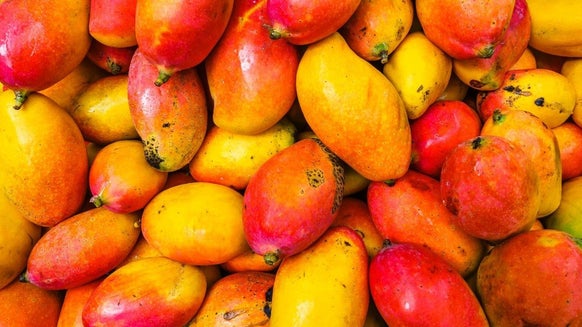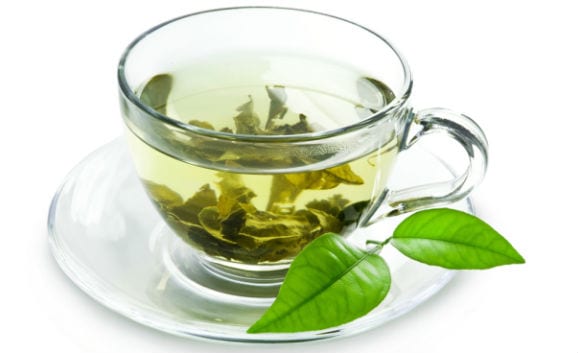
Moringa oleifera is a fast growing tree which is primarily found in South Asia. It has three nicknames that all tell you a little bit about it:
Moringa Tea Ideal For Weight Loss
What makes the Moringa tree so special and lifesaving you ask? Besides the fact that its leaves, pods, roots, bark, flowers, seeds and fruit are edible, it grows quite quickly, almost like a weed and is extremely hardy; meaning it can be grown almost anywhere it is introduced. But the most interesting part of this tree is how nutritious it is.
In 100 grams of just the leaves, it has:
- Ten times the iron of spinach,
- Seven times the Vitamin C of oranges,
- Four times the Vitamin A of carrots,
- Four times the calcium of milk,
- Three times the Vitamin E of almonds,
- Three time the potassium of bananas,
- Two times the protein of yogurt
More Moringa Tea Benefits
The benefits of this tree doesn’t stop at its impressive macro- & micro-nutrient profile, Moringa is also high in antioxidants such as Vitamin C, Beta-carotene, Quercetin, and Chlorotic acid. Chlorotic acid in particular has been shown to lower blood sugar by slowing the absorption of sugar in the body, potentially making Moringa very beneficial for diabetics.
These antioxidants can also be useful for athletes because of their anti-inflammatory properties. But possibly even more important for athletes, Moringa contains all nine essential amino acids, making it an effective complete protein to fuel your body before a workout, after a workout, or anytime throughout the day.
Due to the high levels of Vitamins C and E present in Moringa, this tree can also support brain health. These vitamins can help fight neuro-degeneration by balancing out the brains levels of serotonin, dopamine and noradrenaline, which combats certain neurological diseases such as depression, psychosis and Alzheimer’s.
Moringa antioxidants can also benefit the liver, by reducing oxidation, toxicity and damage done by things like alcohol and medications. This entire article can be about the seemingly endless health benefits in this miracle tree, with other I have yet to mention such as its ability to speed up the healing of wounds, its antimicrobial/bacterial properties, lowering cholesterol, improving the cardiovascular system, eliminating the body of toxic arsenic, a heavy metal, and even its ability to purify water.
I’m going to leave the rest of the health benefits for your own research and spend the rest of the article talking about how to supplement with Moringa.
How Can I Use Moringa Effectively?
If you haven’t figured it out yet, Moringa is something everybody should have in their diet. And because of its extreme versatility, that makes supplementing with Moringa even easier. The most popular way to get your dose is in the form of a powder, which is simply the ground up leaf of the tree. It can be added to any type of meal, drink or smoothie.
It has a slight earthy taste, and if that doesn’t sound appetizing to you the powder comes in capsules as well.
Although it is quite expensive, you can buy cold-pressed Moringa oil (also known as Ben oil), pressed from the seeds of the tree, and is also rich in the vitamin and minerals found in the leaves. The oil is a good substitute for any other type cooking oil such as olive, coconut, and canola. Also like other healthy oils, Ben oil can be used to help improve skin and hair when used regularly.
You can buy the seeds whole which are a great source of protein, fiber, Vitamin C and potassium. The leaves can be eaten dry as a topping on food, and when crushed up add flavor to your meals. Moringa leaves have also been made into tea bags which won’t give you much of the protein and fiber, but all the micronutrients and antioxidants will still be present in the tea.
The roots and bark can be ground up and eaten, which is how the tree got the name “horseradish tree”, as the bark and roots taste almost like radishes. Lastly, the branches can be cut down and ground into fertilizer or animal feed. As you can see there are a multitude of uses for this tree and definitely deserves the title of “miracle tree”!
Take Home Message
By now I expect every single reader who has made it this far in the article to have moringa tea on their 'to get' list for the future.
Even after all the information I laid out in this article, there are still more benefits and usages to this tree I didn’t mention, meaning you should go out and do your own research to see which form (if not all) of the Moringa tree you could fit in your diet/lifestyle.

